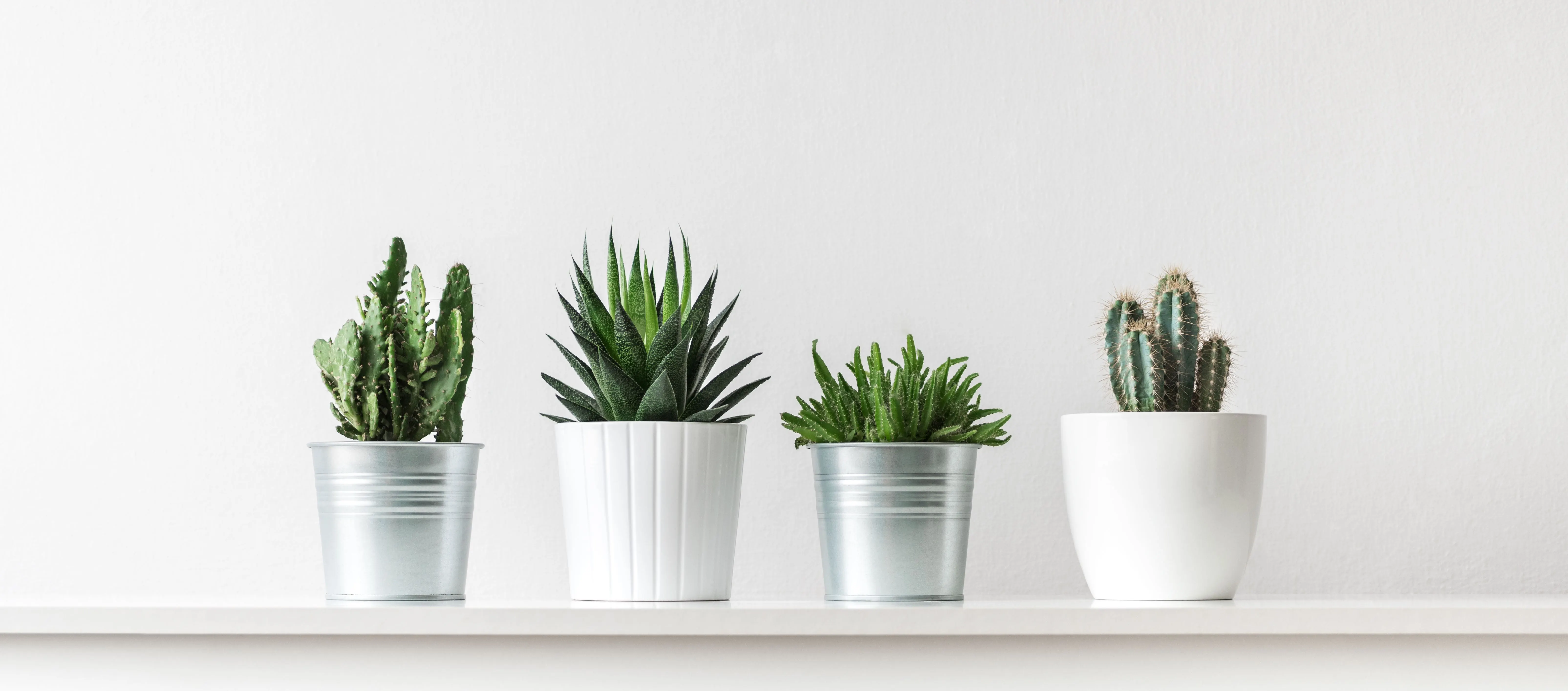Here at Purple Care, we are committed to helping people make their spaces more beautiful. During this time of uncertainty, where Americans across the country are hunkering down to lessen the impact of the Coronavirus, it’s more important than ever that we retain a sense of serenity in our homes. If you’re like us and you love plants, you may be wondering what the best ways are to preserve your greenery, especially since it’s going to be hard to just run out to the store to buy plant food.
Fortunately, our professional landscapers are here with part one in a two-part series on how to keep potted plants alive. In this first installment, we’ll be talking about caring for indoor plants. Keep reading for the tips you need, and remember that even in these strange days of isolation and social distancing, Purple Care is here for all your landscaping needs.
The Top 5 Ways to Take Care of Your Potted Houseplants:
- Make Sure You Have the Right Pot and Soil: A lot of homeowners assume that all pots will work for all plants, but this is not true. For one thing, you should try to get a pot with a small hole in the bottom, allowing excess water to drain out of the soil and into a small tray underneath the pot. Speaking of soil, it’s important to remember that whenever possible, you should purchase actual potting soil from a gardening or convenience store. This kind of soil will have extra nutrients and fertilizers in it to help your plant stay strong and healthy. Of course, if you can’t go out to pick up potting soil right now, just try to avoid using dry, coarse dirt from your lawn. The richer the soil you can put your plant in, the better. In general, it’s key to remember that while your plant may have come with a pot and soil when you got it, that’s not necessarily the pot and soil you want to stick with. After all, some plants are meant to be moved to bigger pots, so their roots don’t run out of room, causing the plant to become top-heavy.
- Be Careful with Watering: Speaking of growing plants, it’s obvious to point out that you will need to water your plant regularly to keep it alive and healthy. However, plant-owners often make the mistake of either under or over-watering , both of which can cause plants to die. To tell whether your plant needs water, feel the soil around the edge of the pot. If the dirt is dry and crumbles easily, give the plant some water. If the soil is still damp, your plant is probably fine. Soil that is constantly wet, on the other hand, is not a good sign—in fact, this means that your plant is probably drowning, and unable to breathe. When you do go to water your plants, pour slowly, but keep going until you see water run out at the bottom of the pot. While every plant is different, one thing you never want to see is eaves that are brown and shriveled up, as this is a sign your plant is dying of thirst.
- Put Your Plants in a Place Where They Can Get Sunlight: Again, while all plants are different, one thing they have in common is needing some amount of sunlight. Although you may be cooped up inside and craving sun yourself, at least opening a window and letting the light shine in can do a lot of good. This goes for your plant as much as it does for you. Some plants require more shade than others, but placing plants on windowsills or other areas where they can get at least get a few hours of solid sunlight a day is important for keeping them healthy and looking great for as long as possible.
- Keep Away Pets & Pests: While your dog or cat might be curious about your plant, letting them get too close is a bad idea. For one thing, they could end up eating it—which would not only kill your plant, but could also make your animal sick, depending on the plant in question. Moreover, pets are also prone to knocking plants over, and sometimes even marking their territory on them. That’s why as a rule of thumb, you should try to keep Fido or Patches as far away from plants as possible. On top of this, you should also check your plants regularly for pests. Critters you like are one thing, but no one wants their plant to be the site of a gnat, mite, or aphid infestation. Luckily, there are chemicals you can buy at the store that are safe for your plants and designed to get rid of these pests. If you can’t get out to do this, you can also wipe your plants down with a small amount of soap and water.
- Look Up Your Plant Online: As simple as it may sound, the best way to learn how to take care of potted indoor plants is simply to do what you are doing right now—look up information online. Research your specific plant, find out how much water it can take, how much sunlight it needs, etc. By making yourself an informed plant-owner, you’ll be able to preserve the beauty of your plants for years to come!
Check back in with our blog next month to learn how to take care of outdoor potted plants, or call (817) 880-6052 now for landscaping, tree care, or construction services. You can also click here to request a free quote online.




Comments (0)
Thanks for your comment!
Thanks for your feedback! Your comments have been successfully submitted! Please note, all comments require admin approval prior to display.
Error submitting comment!
There is a problem with your comment, please see below and try again.